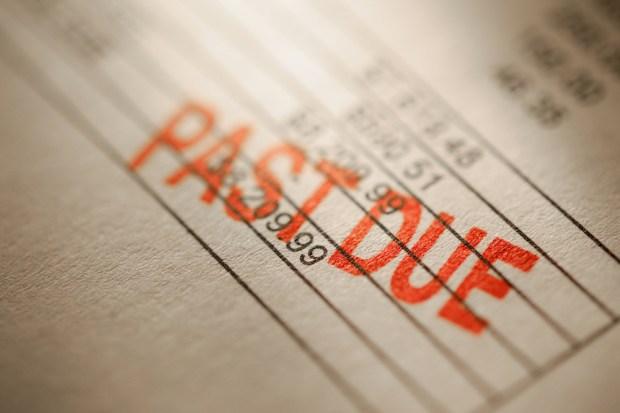The Globalization Of Late Payments

The U.K. has taken some of the most high-profile actions to combat late B2B payments, but it’s a global problem, as the latest research reveals. PYMNTS explores newly released data from across Europe, Asia-Pacific and Africa that uncovers how SMEs and suppliers manage their cash flow amid chronic late payers. Plus, take a look at the top 10 excuses used by companies when paying their suppliers late.
92% of South African SMEs are planning for growth next year, found a new report by the National Small Business Chamber (NSBC). Its 2016 National Small Business Survey signals widespread optimism across the nation’s small business community, despite economic challenges. The most common challenge they cited is no surprise: a lack of access to working capital. But heightened competition from larger rivals is another factor cited by the businesses in the report, the NSBC said. Still, 81 percent of SMEs said they plan to expand their businesses (or would consider doing so) across South African borders in the future.
85% of the $2.6 billion in yearly indirect spend stems from procurement, according to research by Denali Group, which analyzed Fortune 1000 companies in how they manage indirect spend. It’s led to a new trend for large corporations, researchers said — the emergence of indirect procurement organizations, focusing on spend categories like marketing and professional services. And instead of outsourced procurement services, these businesses are turning to contract services, the report noted. On average, firms using indirect procurement firms provide an average of 9 percent spend savings.
50% of Italian SMEs say they have late-paying customers, the highest across Europe, found a new report by C2FO. Its 2016 Working Capital Outlook Survey revealed that 20 percent of U.K. SMEs also have late-paying clients, a reversal from the downward trend of last year, in which only 11 percent said the same. Meanwhile, 27 percent of French businesses and 18 percent of German companies reported having to deal with late payments. The majority of companies agree that they would prefer to do business with buyers offering supplier-friendly faster payment timelines.
34% of Asia-Pacific suppliers had to correct cash flow due to late payments, said Atradius in its October 2016 Asia-Pacific report of payment practices. Late payments can be a big wrench in the economic growth trajectories of APAC nations, researchers said, with emerging Asian markets set to outpace others in their GDP growth this year. A concerning 90 percent of suppliers in the region have had to deal with late-paying customers. As a result, a quarter said they seek external bank financing. Cash flow management will be the biggest challenge to profitability this year for 20 percent of suppliers in the region, Atradius said.
10 excuses come up as most commonly used by corporates that are late on paying their suppliers, said Federal Management’s New Business Department, a U.K. debt recovery firm. The company released the list of top 10 excuses last week after a separate report found that 23 percent of corporate insolvencies in the U.K. are a direct result of late B2B payments. The most common excuse is a classic: “The check is in the mail.” But there are other scenarios increasing in popularity, including the claim that an invoice hasn’t been received or that a company is in the process of disputing a bill. Missing AP executives, technical difficulties and an adherence to a longer payment term are also common excuses, the report found.
